Continued from Part 1 and Part 2
We kicked off #Thirsty4Change with an interview with Ishan and Elyza, undergrads of Singapore Management University who have teamed up with LASALLE College of the Arts students to explore design interventions to bring about a more sustainable-looking future for bubble tea. Over six weeks of workshops, involving data collection, coding and data visualisation, they examined ways to connect the dots between design and sustainable outcomes for everyone's beloved bubble tea.
Today, we regroup with Ishan and Elyza, who recap their big brainstorm for ideas on how to infuse more sustainability into the packaging, consumption and culture around bubble tea.
Let us in on your brainstorm. What were some initial ideas, going into it?
Ishan: I was very intrigued by the concept of data visualisation and the huge role that aesthetics play in creating awareness about any sort of movement or campaign. I wanted to work along these lines and find a way to draw attention to the problem of waste-generation arising from single-use plastics.
Elyza: From the get go, I wanted to design something that would convey how much waste is generated from consumers' reliance on single-use plastics. We talked a lot about re-education during our discussions, namely the need for more conversations with consumers on the importance of sustainability in daily living. I drew a lot of inspiration from Pulau Semakau: although just a landfill, the island is very beautiful and thriving with terrestrial and marine life. It’s very unfortunate that the waters surrounding it are filled up with incinerated trash.
How did you develop your ideas further?
Ishan: Understanding the environment is a very important step in problem-solving, as well as one of the first ones. I wanted to find a visually appealing way to interpret and display the data we had collected. The idea was to create a piece of art which would grab people's attention; and upon closer study, they'd see that it represented the workings of bubble tea shops. I hope this will be an interesting way to heighten awareness of the issue, as well as develop a better common understanding.
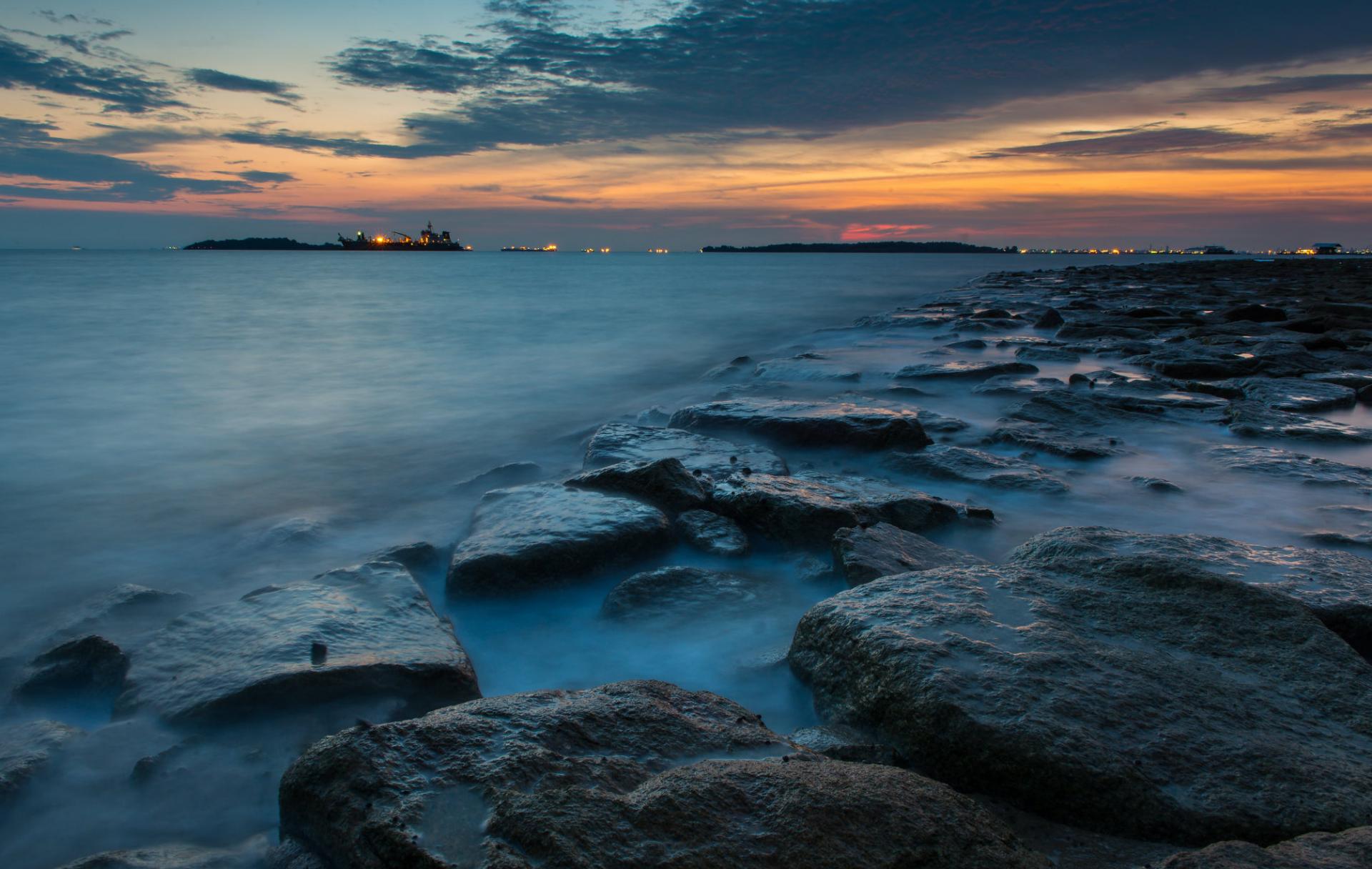
Pulau Semakau at sunset; image via Flickr (CC BY 2.0).
Elyza: It is estimated that the Pulau Semakau landfill only has another 15 years before it reaches its capacity. My idea was to create a life-sized art installation to represent the landfill. Modelled after a bubble-tea cup, it would have “pearls” at the base to correspond with the current amount of trash in the landfill. We’d show a liquid, symbolising bubble tea trash (single-use plastic cups, bags and straws), which would pour into the cup and fill it to maximum capacity before the 15-year deadline. This would indicate that we’ve been creating waste at a much higher rate than the island can keep up with. The simulation would last approximately 15 minutes before it restarts.
How did the data collection assist with your thought process?
Ishan: The data was the main crux of my idea, and everything else revolved around it. I finally understood why some people call statistics an art, because that same data can be used to derive a whole lot of different conclusions. It just depends on how one chooses to interpret and present it.
What sort of role did coding play in the development of your ideas?
Elyza: I knew that since I wanted to create a physical art installation, there would be elements such as light bulbs and reset systems that would have to be pre-programmed to simulate the filling up of the bubble-tea landfill.
Ishan: I envisioned creating the entire design using code wherein the artwork would directly correspond to the data which it received as input. This would work as an interactive system, displaying the scenarios that would play out if we collectively generated more or less plastic waste.
What message do you hope to convey through your idea?
Elyza: My main message is: we don’t have a lot of time and space left. I’m not just referring to our island landfill, but also the entire planet. Sending trash to other countries only solves one country's problems. Furthermore, the accumulation of plastic waste leads to air pollution which then contributes to climate change and the destruction of natural habitats. The purpose of my installation is to evoke a sense of urgency and spark more conversations around consumer decisions. If you buy bubble tea every day for a year, 365 plastic cups will enter our environment. Now imagine thousands of other people doing the same. Everything adds up.
Will we ever fully address sustainability issues around the bubble tea phenomenon?
Elyza: There is no one-size-fits-all solution. My idea, for instance, is very much contingent on what consumers decide to do with the message. So ultimately, it comes down to how much importance people attach to the cause: some may choose to ignore it or believe that changing their consumption habits won’t make a significant impact. My hope is that we become more conscious consumers in the long run. While you're waiting to collect your bubble tea order, for instance, you can look at an art installation of a landfill and reflect on its relationship to the drink you're about to purchase. With more social consciousness, we can inspire more people to join the conversation.
As you work to refine your ideas, what are some challenges ahead?
Elyza: Im aware that I cannot build such an installation by myself without the suitable knowledge and skills. To fully realise my vision, the installation would also require elements of coding and electrical wiring. I'm continuing to seek inputs from both the LASALLE team and also exploring possibilities within SMU.
Ishan: At the moment, my basic knowledge of coding is not enough if I wanted to create exactly what I had in mind. So in the short term, I'm looking to generate a prototype of my design which I hope to refine once I learn more about code.
The journey continues in Part 4

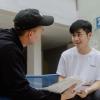


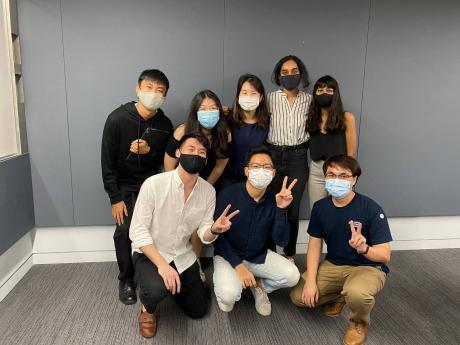
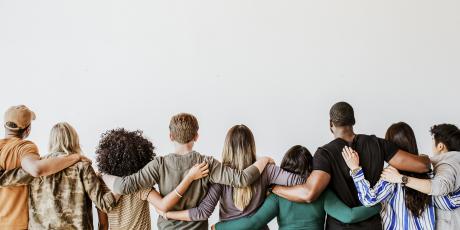
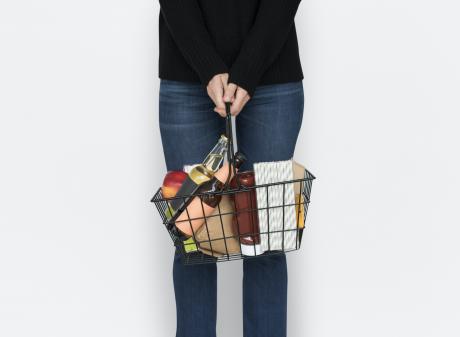
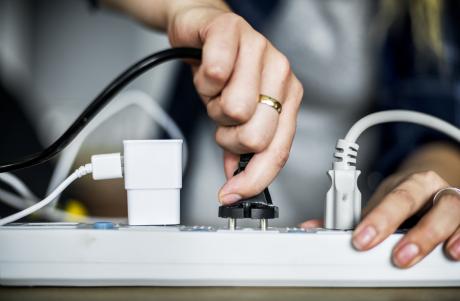
Comments